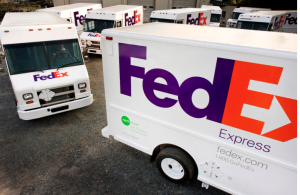5 trends in e-commerce strategy
Article courtesy of author Heather Clancy and smartplanet.com.
“Retail businesses are in the middle of one of the most profound business model transitions for the industry ever, as consumers transfer their shopping habits to mobile devices and e-commerce Web sites.
- Higher percentage of sales from existing online shoppers. While new shoppers are driving increases in e-commerce activities, existing ones are actually more of a factor. Forrester predicts that the average shopper will spend $1,738 annually by 2016, compared with $1,207 in 2011. So, it is imperative that retailers consider technologie, Web site design principles and incentives that encourage people to fill their online shopping carts with more items.
- Fourth quarter remains dominant cyber-season. More than 70 percent of the shoppers who purchased items online during the fourth quarter of 2011 said that they did so because of deals and promotions, Forrester reported. In November and December 2011, e-commerce accounted for about 15 percent of overall holiday sales, which is a much higher percentage than during other times of the year.
- Keep an eye out for flash sales sites. Forrester calls out sites such as Gift Groupe and Woot, which offer what we used to call “fire sales” in real world retail. These are sales where the prices keep dropping, as long as merchandise lasts.

- Online loyalty programs are more of a factor. Forrester reported that in 2010, about 9 percent of shoppers belong to new frequent buyer programs from the likes of e-commerce forces such as Amazon.com or Williams-Sonoma. In 2011, about 12 percent of online shoppers were members of such clubs.
- The tablet is driving mobile shopping. The smartphone is extremely important for when shoppers are in stores, but the tablet is more likely to be used for researching and for browsing products online. (70 percent of surveyed tablets users do this versus 47 percent of smartphone users.) In addition, shoppers were more likely to “place an order for physical goods” using a tablet than a smartphone (47 percent percent of tablet users versus 17 percent of smartphone users).”
Category: Management, Tech Talk











